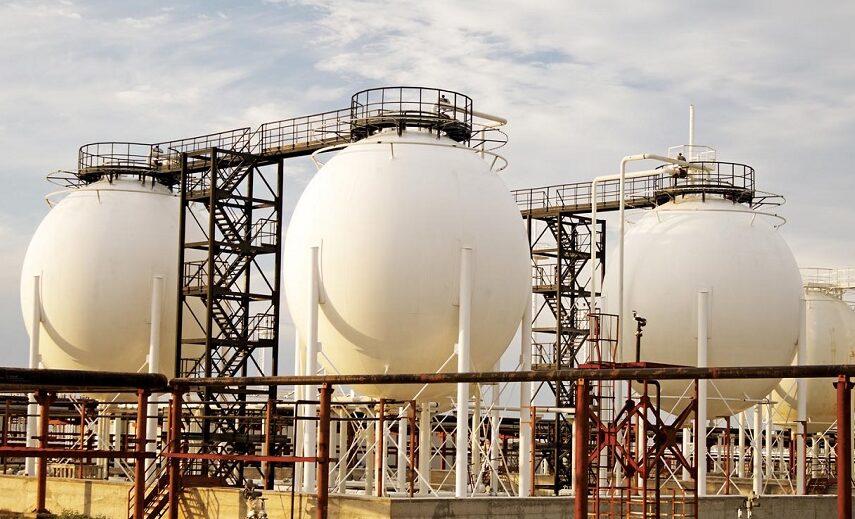The International Energy Agency has said that natural gas will play a major role in the world’s energy markets, however, there is also a strong need to address emissions from gas supplies.
Fatih Birol, the Executive Director of the International Energy Agency (IEA) stated this during the July 18 LNG Producer-Consumer Conference which held in Tokyo, Japan.
According to Birol, natural gas will still be needed as the world transitions to cleaner energy sources, but stakeholders must clean up emissions to meet global climate goals. He said:
- “Gas has a long-term role to play in the global energy markets, however, there is a strong need to cut emissions from gas supply.
- “The challenge is how to balance the near-term needs for additional gas supply when the global markets are volatile, with the longer-term need of reaching our climate goals.”
- “We think that strategies to future-proof investments in gas infrastructure are needed by incorporating technologies like carbon capture and storage throughout the value chain, or by allowing for the integration of low emission gas.”
Recall that last week, Nairametrics reported that the IEA in its Financing Reductions in Oil and Gas Methane Emissions report noted that oil and gas companies around the world need to adopt a more proactive corporate policy to increase investments in methane emissions abatement.
The IEA report also stated that oil and gas companies were faced with two options; significantly reduce their methane emissions or phase out fossil fuel operations faster than anticipated to limit the global temperature rise to 1.5 °C.
The IEA report further highlights the fact that driving down emissions from fossil fuels will require a wide range of actions.
The IEA advised investors and insurers to establish methane performance requirements for future lending, request disclosure improvements to promote emissions reporting transparency, and set up underwriting standards that include methane reductions.
According to the cited report, methane abatement regulations and policies, including limits on gas flaring and venting, measurement, and reporting requirements, are essential to drive down methane emissions.
Meanwhile, in its July 2023 World LNG report, the International Gas Union (IGU) stated that decarbonization is becoming a more prominent feature in recent developing and newly proposed projects.
According to the IGU, decarbonizing the liquefaction segment of the liquefied natural gas (LNG) value chain offers a significant opportunity to minimize lifecycle emissions today.
A part of the IGU report stated:
- “Many members of the IGU are actively working to advance the LNG energy transition pathways, for the gas industry to continue delivering efficient, reliable, resilient, flexible, and cost-effective gaseous energy sustainably long into the future.
- Some examples of the deep decarbonization possibilities include renewable natural gas or biomethane; low carbon and renewable hydrogen; ammonia; e-methane; carbon capture utilization and storage (CCUS), and the pace of technological innovation is so rapid that the list is never static.”

























